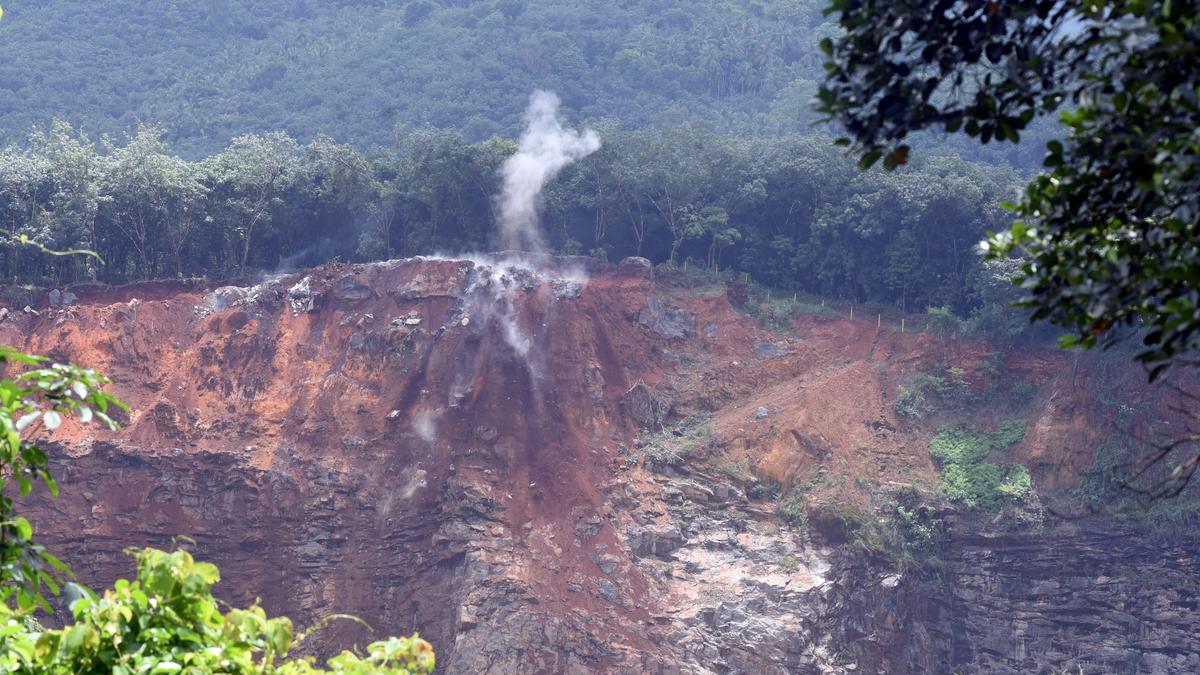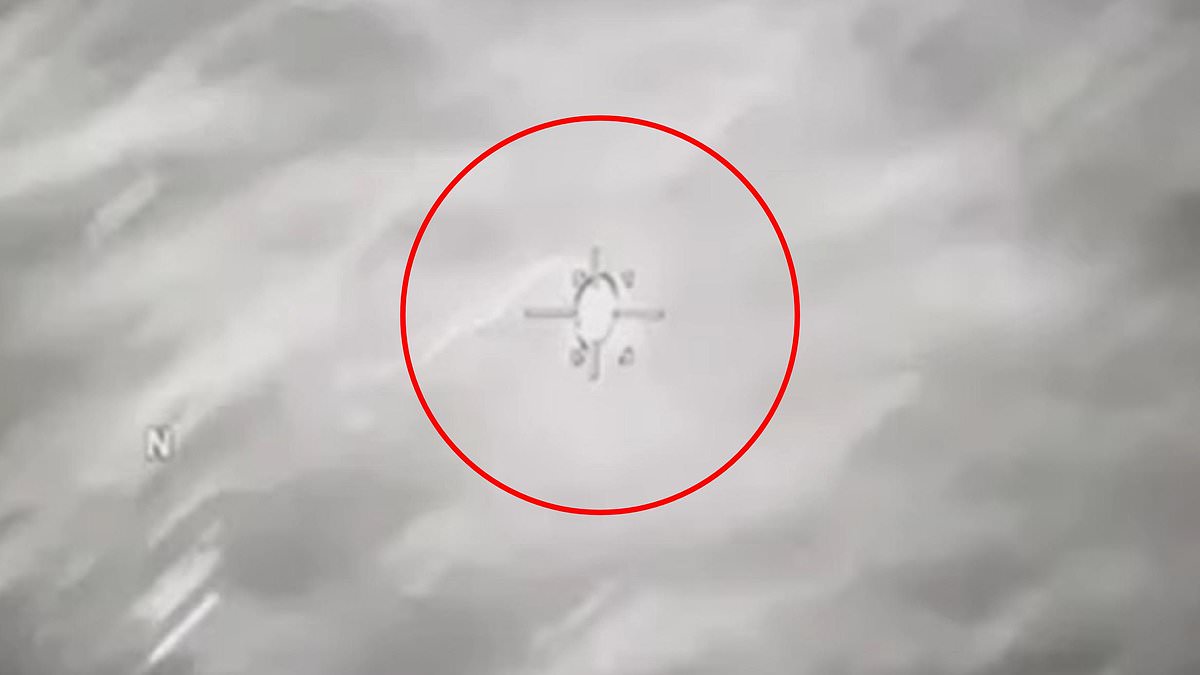Kerala govt picks holes in NGT panel report recommending increase in safety distance from quarries

The Kerala government has picked holes in the report by an expert panel that recommended a safety distance of 150 m between stone quarries and residential or inhabited areas.
A report submitted by the government before the Principal Bench of the National Green Tribunal (NGT) on September 18, 2025 claimed that the panel report has flaws in many aspects and there is no need to enhance the present regulatory distance of 50 metres between quarries and residential areas.
The committee, which was appointed by the tribunal, found that the existing safety distance of 50 metres was highly inadequate based on scientific studies carried out in quarries located in nine districts.
The government report claimed that the results of the live experiments conducted by the committee have many anomalies and lacked proper methodology as well as design. There were 497 granite quarries functioning in Kerala during 2022-2023.
The sample set composed of only nine quarries (1.8%) to interpret the whole scenario. Standard sampling with an acceptable margin of error of plus or minus 20% required a minimum of 23 samples to represent the data set of 497 quarries, Besides, the reason for site selection was not furnished. Districts with the highest number of working quarries were avoided, it said.
The government claimed that the records attached to the report pertaining to the nature and timing of blasting conducted in quarries showed that blasting is carried out daily in two prefixed timings, with maximum 60 holes. It is rarely that a quarry in Kerala functioned with blasting of 60 holes at a time.
The panel had erroneously created a circumstance to project maximum ground vibration in each case, which is “unfair and unjust”. The government stated that the area suitable for mining in Kerala may be reduced substantially, if the distance criteria is increased. It will result in imminent shortage of construction material, it claimed.
The joint committee comprised experts from the Indian Institute of Technology (Indian School of Mines), Dhanbad; Indian Institute of Technology, Roorkee; CSIR-Central Building Research Institute, Roorkee; the Wadia Institute of Himalayan Geology, Dehradun; Directorate General of Mines Safety, Bengaluru; Central Institute of Mining and Fuel Research, Dhanbad; and the Central Pollution Control Board.



